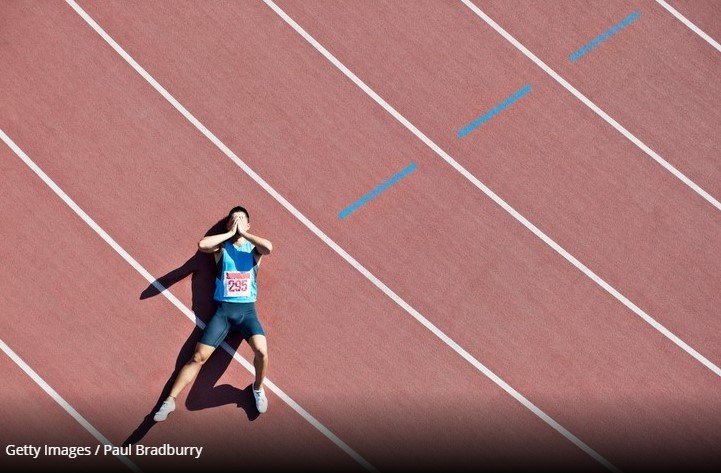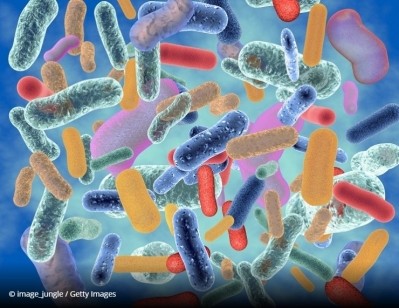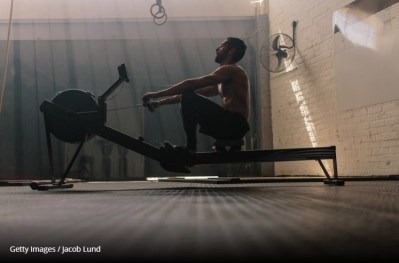Elite athlete gut microbiome shows sports-specific differences, study finds

The team found the microbiomes of athletes participating in sports with a high dynamic component had greater differences in proportions of species.
Additionally, athletes participating in sports with high dynamic and static components were the most functionally distinct or were found to have greater differences in functional potential.
“This is the first study identifying a separation in the gut microbiome between different sports,” say the study’s team, led by Dr Paul Cotter, principal investigator at the APC Microbiome Ireland.
“The identification of species, pathways and metabolites driving separations between SCGs could help identify an optimal gut microbiome in the context of the sport an individual is participating in.
Additionally, an understanding of the variation in an athlete microbiome could help guide future studies surrounding the impact of exercise on the gut microbiome within general populations.”
Exercise-gut link
Physical fitness has long been recognised as an influencer of the gut microbiome, although the impact of exercise has yet to be crystallised.
The gut microbiome of elite-level athletes has been found to be distinct from both a composition and functional perspective from that of controls, while training load across cyclists was found to be associated with differences in gut microbiome composition.
To date the impact of different training types on the human microbiome has not been determined.
However, different sports have been found to have distinct impacts on other parameters, including cardiovascular measurements, bone turnover and muscle mass.
Along with colleagues from the Teagasc Food Research Centre, University College Cork, and Imperial College London, the team began collecting faecal and urine samples from 23 male and 14 international level athletes specialising in 16 different types of sport.
These sports include those that require high muscle contraction and oxygen consumption such as cycling and boxing, high muscle contraction and low oxygen consumption such as judo, and low muscle contraction and high oxygen consumption such as walking and field hockey.
The team also looked at the athletes’ diets using a food questionnaire.
Faecal samples were prepared for shotgun metagenomic sequencing and underwent metabolomic profiling along with the urine samples.
Study findings
Analysis revealed Streptococcus suis, Clostridium bolteae, Lactobacillus phage LfeInf and Anaerostipes hadrus associated with groups with a moderate dynamic component which includes sports like fencing.
Meanwhile, Bifidobacterium animalis, Lactobacillus acidophilus, Prevotella intermedia and F. prausnitzii were found to be associated with the SCG C1 (high dynamic and low static components) that include sports such as field hockey.
Further analysis revealed that Bacteroides caccae was associated with the SCG C3 (high dynamic and static components) that include sports such as rowing.
“Interestingly, no species were identified as being associated with the SCGs A3 (low dynamic and high static components, including sports such as judo) or C2 (high dynamic and moderate static components, including sports such as swimming) when the linear discriminant analysis (LDA) effect size cut off was set to 3,” the research team adds.
The team add that the differences in microbiome and metabolome were observed despite no significant variation in dietary intakes across athletes from different SCGs.
“This suggests that variations in training loads and competition requirements contributed to these microbiome and metabolome-related patterns.
“Studies of athlete groups across various laboratories have also highlighted microbiome differences, and while this may be as a result of variation in other methodologies used (e.g., sequencing analysis methodologies), differences in sport may also play a role,” the study concludes.
Source: Journal of Science and Medicine in Sport
Published online ahead of print: doi.org/10.1016/j.jsams.2019.08.290
“Distinct microbiome composition and metabolome exists across subgroups of elite Irish athletes.”
Authors: Ciara O’Donovan et al.















